Looking for Shikishi, Tanzaku, or Karuta? A Comprehensive Guide to Types and How to Purchase
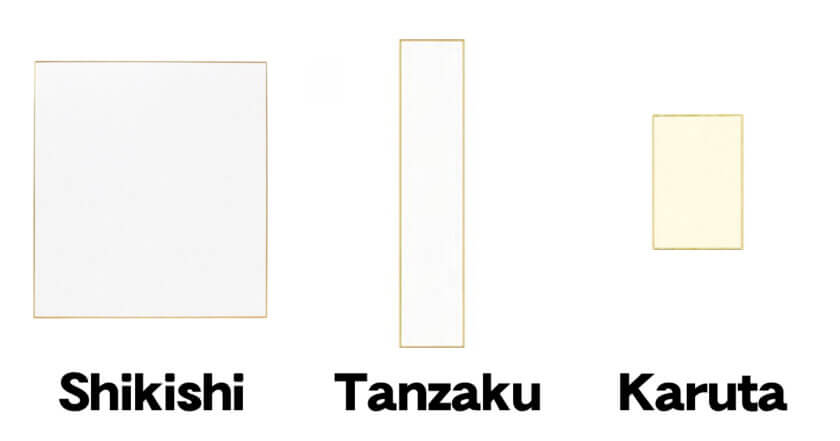
Shikishi Tanzaku Karuta
In Japanese traditional culture, Shikishi (decorative square paper), Tanzaku (narrow vertical paper strips), and Karuta (traditional playing cards) have been cherished for centuries. These items play a crucial role as tools for expressing calligraphy and painting in various contexts. Recently, there has been a growing interest from people worldwide in these cultural items, leading to an increase in orders for Shikishi, Tanzaku, and Karuta from international customers.
However, those looking to purchase these items might find it challenging to know where to buy them or what types are available. This article aims to provide a detailed guide on the types of Shikishi, Tanzaku, and Karuta, and how to purchase them.
Contents
The Charm and Uses of Shikishi and Tanzaku
Shikishi and Tanzaku are deeply rooted in Japanese traditional culture as essential tools for expressing calligraphy and painting.
Shikishi is typically used as a base material for creating a single piece of calligraphy or painting on a square piece of paper, while Tanzaku serves as a narrow vertical strip for expressing poetry, haiku, calligraphy, or paintings.
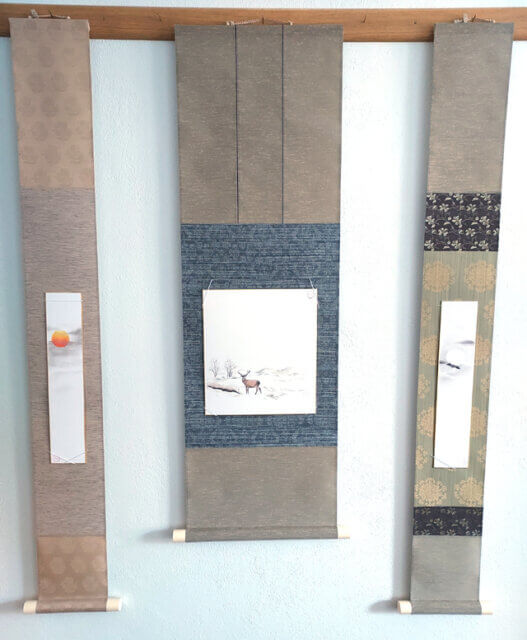
Shikishi and Tanzaku
Furthermore, Karuta is a traditional Japanese card game featuring beautifully designed cards, used not only for playing but also as a tool to learn about Japanese culture through play.

Karuta
The beauty and functionality of these items have captivated people worldwide, leading to a rise in international demand for Shikishi, Tanzaku, and Karuta.
At our company, we receive orders from all over the world for custom-made Shikishi-kake (Shikishi hangings) and Tanzaku-kake (Tanzaku hangings).
See the following articles for past cases.
Consequently, we also receive many orders for the Shikishi, Tanzaku, and Karuta themselves.
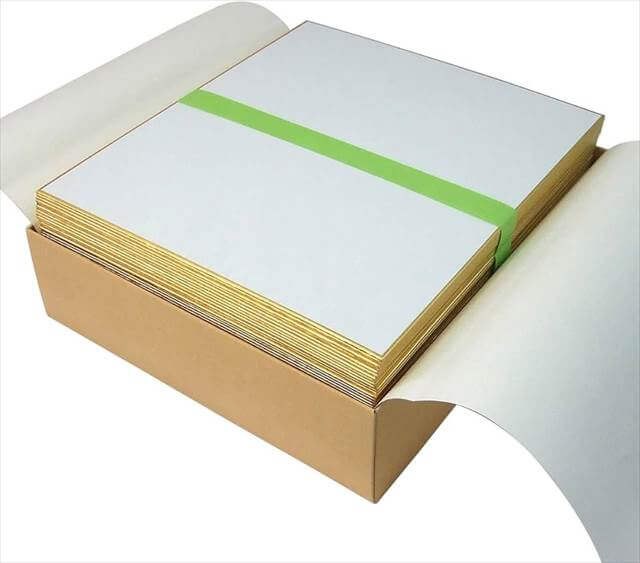
Dōsa Normal Size Gasenshi Shikishi
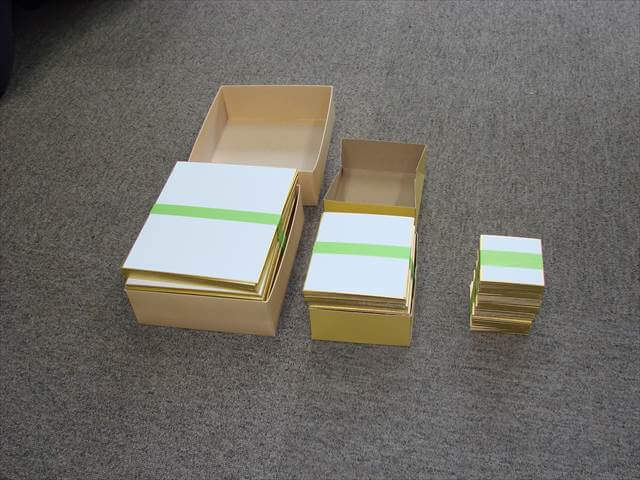
Dōsa Gasenshi Shōshikishi, Sunshōan Shikishi, and Mame Shikishi
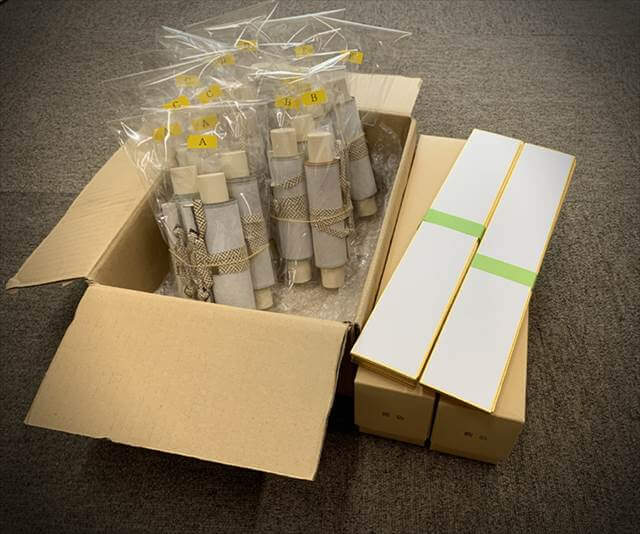
Normal Gasenshi Tanzaku
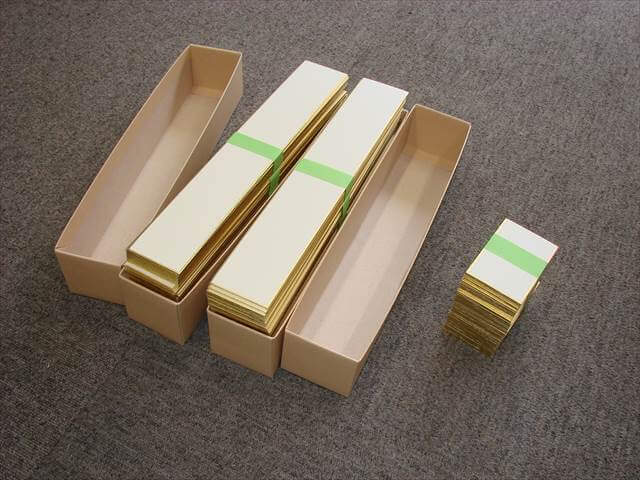
Wide Torinoko Tanzaku and Torinoko Karuta Card
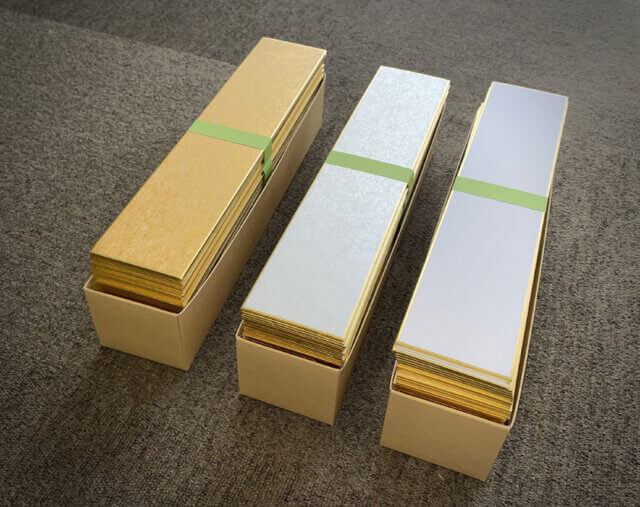
Wide type gold, silver, gasenshi tanzaku
Many customers are unsure about the types and uses of these items, so we hope this article helps clarify these aspects.
Understanding the Types of Shikishi and Tanzaku
There are various types of Shikishi and Tanzaku, each with different characteristics. Our company primarily offers two types based on the material used: Torinoko paper in a cream color and Gasenshi paper in white.
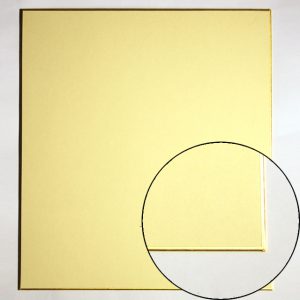
Torinoko paper shikishi board
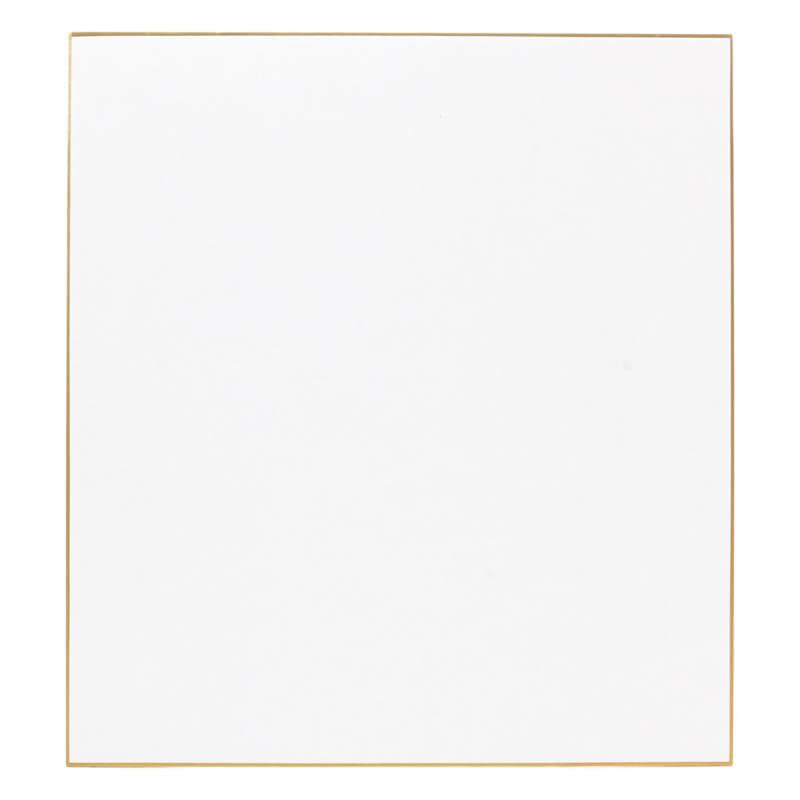
Gasenshi paper shikishi board
Shikishi and Tanzaku made from Torinoko paper are highly water-resistant, making them ideal for use with paints, as the colors are less likely to bleed.
On the other hand, Gasenshi paper Shikishi and Tanzaku are known for their high absorbency, which allows for a softer expression when using brushes and paints. Gasenshi paper is favored for creating calligraphy and sumi-e (ink wash paintings), as it provides a unique feel when the ink or paint is absorbed by the paper.
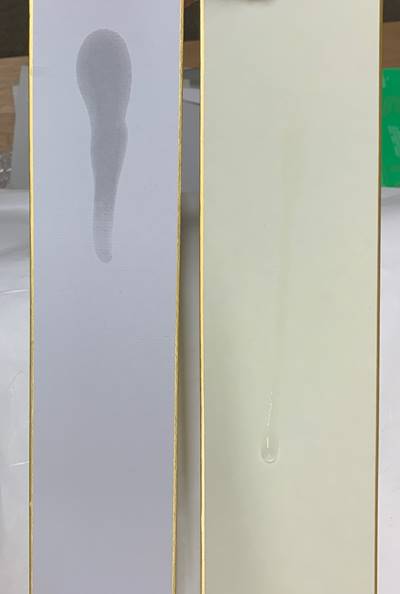
Differences between Gasenshi and Torinoko
However, due to its high absorbency, there is a risk of paint bleeding. To address this, we offer an option for Dōsabiki treatment, which coats the paper’s surface to reduce absorbency and prevent bleeding, allowing for more precise work. If you prefer a white paper that doesn’t allow paint to bleed, we recommend choosing this treated Gasenshi option.
A Guide to Shikishi and Tanzaku Sizes
Shikishi and Tanzaku come in various sizes, allowing you to select the best option depending on your needs. Here is a detailed guide to their sizes:
Shikishi sizes include:
-
Standard Shikishi (242mm (w) x 273mm (h)): The most common size, suitable for creating calligraphy or paintings.
-
Small Shikishi (182mm (w) x 212mm (h)): A slightly smaller size, ideal for easy display or as a gift.
-
Sunshōan Shikishi (121mm (w) x 136mm (h)): A smaller version, perfect for displaying in compact spaces or for poetry and haiku.
-
Mame Shikishi (76mm (w) x 76mm (h)): A miniature square, excellent for creating unique, small-scale works.
-
Karuta (61mm (w) x 91mm (h)): This size is used in the traditional Japanese card game, known for its compact and portable design.
Tanzaku sizes include:
-
Standard Width (60mm (w) x 360mm (h)): The standard width Tanzaku, suitable for displaying poetry, haiku, calligraphy, or paintings vertically.
-
Wide Width (75mm (w) x 360mm (h)): A slightly wider version, ideal for larger characters or more expressive paintings.
These various sizes allow you to choose the right Shikishi or Tanzaku for your specific needs. For instance, if you want to create a large piece, a standard Shikishi or wide Tanzaku would be suitable. On the other hand, if you’re looking for something that can fit in a small space or serve as a compact gift, Mame Shikishi or Sunshōan Shikishi would be ideal.
How to Purchase Shikishi, Tanzaku, and Karuta
So, where can you purchase Shikishi, Tanzaku, or Karuta? At our company, we offer these items in units of 50 sheets.
Here’s how to order:
01. Inquiry
Start by visiting our website and sending an inquiry. You can discuss your preferences regarding the type and size of Shikishi, Tanzaku, or Karuta you need.02. Quotation
Based on your desired items and quantity, we will prepare a detailed quotation, including shipping costs. If you require special specifications or additional options (such as Dōsabiki treatment), please let us know.03. Order Confirmation
Once you are satisfied with the quotation, you can confirm your order. We will send you an invoice via PayPal for payment. Please also provide your shipping address and contact number at this stage.04. Production and Shipping
After your order is confirmed, we will begin processing it. Once your items are ready, we will promptly arrange for shipment and keep you updated throughout the process.
Conclusion
Shikishi, Tanzaku, and Karuta are essential tools for expressing Japanese traditional culture, each with unique characteristics and uses. By selecting the appropriate material and size, you can enhance the beauty and impact of your work. Our company offers a wide range of Shikishi, Tanzaku, and Karuta tailored to meet your specific needs. If you require these items, please do not hesitate to contact us. Our expert staff will be more than happy to assist you.










